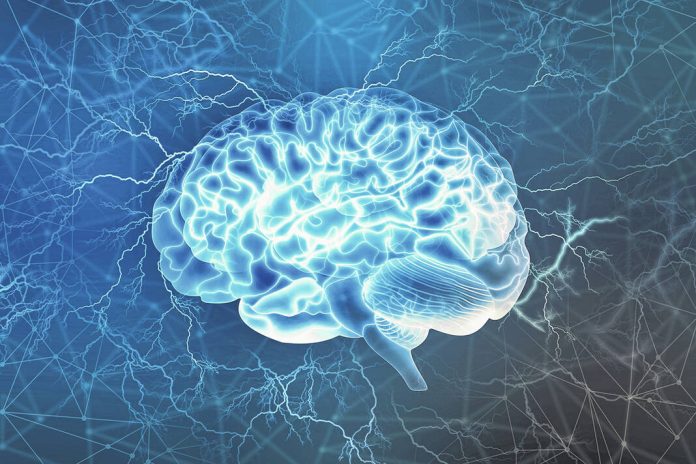According to a Mayo Clinic study published in Nature Neuroscience, the cells that act as the central nervous system’s first line of defense against harm also play a role in helping the brain awaken from anesthesia. This discovery could help pave the way for innovative methods that address post-anesthesia complications.
When coming out of anesthesia, more than one-third of patients can experience either extreme drowsiness or hyperactivity, a side effect called delirium. Mayo researchers found that special immune cells in the brain called microglia can act to shield neurons from the aftereffects of anesthesia to awaken the brain.
The researchers observed microglia wedging between neurons and inhibitory synapses, suppressing neural activity under anesthesia. The microglia appear to be trying to shield the neurons to counteract sedation.
Microglia help keep the brain healthy, stable and functioning. Although microglia were discovered more than 100 years ago, it wasn’t until the last 20 years that they became a serious research focus.







